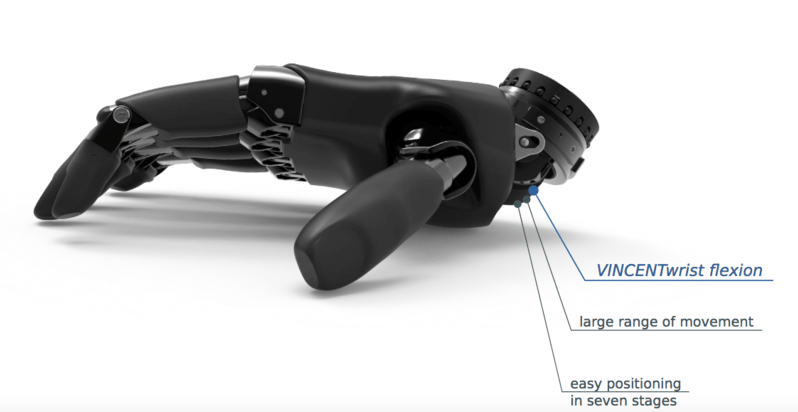
Anyone looking for valid data on children with amputations today will find few concrete facts about the number of people affected. Most people are familiar with the Paralympics in connection with amputation injuries, in which men and women with disabilities perform excellently. But how do people with ‘small’ amputations live their everyday life and how do the youngest ones, whose limbs are often not yet suitable for elaborate prosthetics?
Especially with children, amputated fingers were replaced by so-called jewelry prostheses. In the past, it was difficult and costly to make children’s prostheses because children grow quickly and with them their limbs. The means of choice was therefore often a jewelry prosthesis that replaced one or more fingers and sometimes the entire hand. These custom-made products compensated for the optical flaws but had no functionality.
The company Vincent Systems from Karlsruhe has addressed these topics and designs electronically controlled prostheses, for example. Together with industrial partners and research institutes, the engineers have developed a technology that can do great things even on small children’s hands. The current VINCENT evolution 3 model is anatomically shaped and lightweight – almost ideal for children to playfully integrate the prosthesis into their lives: the hand prosthesis has six motors that allow independent movement of the thumb and the remaining fingers. The artificial hand can make a total of 14 grips. The inventors have patented the whole thing under the name STC: Single Trigger Control. An app supports young and old in the intuitive teaching of the new hand and makes it a fully functional part of the body despite its artificiality.

The inventors of the prostheses have given their artificial hand an elastic covering that comes very close to the real skin in its haptics. In combination with the artificial sense of touch, this makes non-slip and secure gripping possible. This is also where the flexible bow springs come into play as an important component of finger movements. A hook handle makes it possible for amputees to use tools and the like. Above all, the innovative development is very flexible, especially in the area of thumb and index finger mobility. The so-called tweezer handle – a touch of thumb and index finger – is effortlessly and precisely possible.
The modern prosthesis is also suited for everyday use because of its ability to actively open and close both joint axes and the vibration feedback, which allows safe access and feedback for the prosthesis wearer at the same time. A Bluetooth interface on the prosthesis also ensures wireless communication.
Not for nothing did the Vincent Systems team make it to the nominees for the Future Prize in 2017, but with their contemporary development, they can already be called the winners of hearts because their prosthesis opens up completely new dimensions – for young and old.


